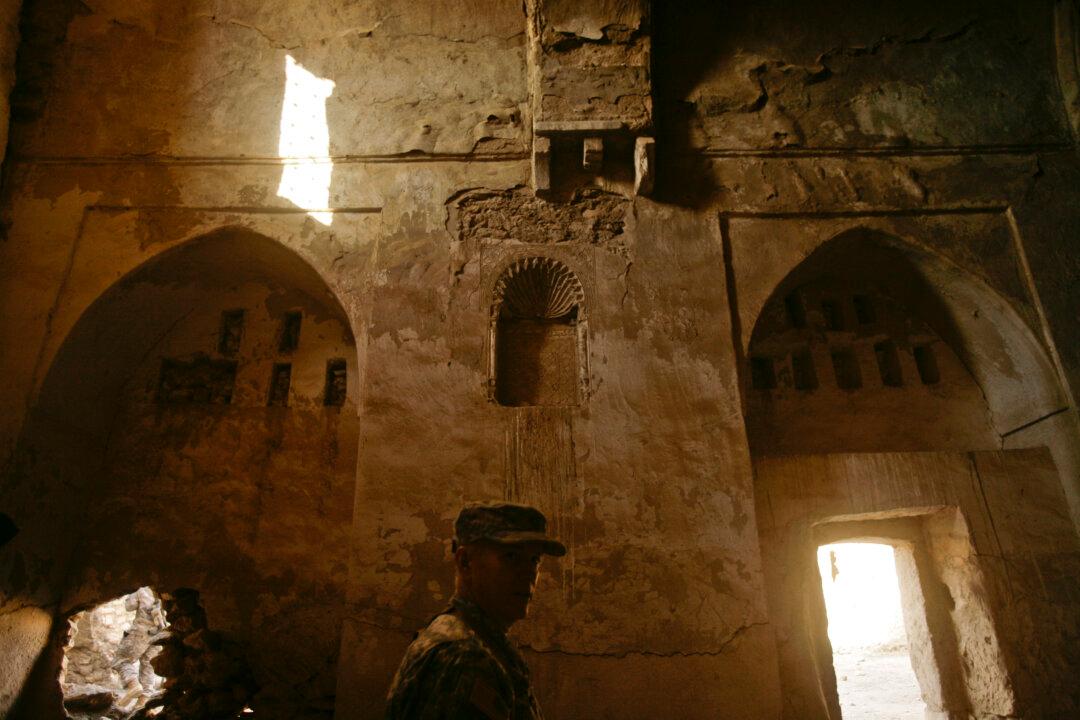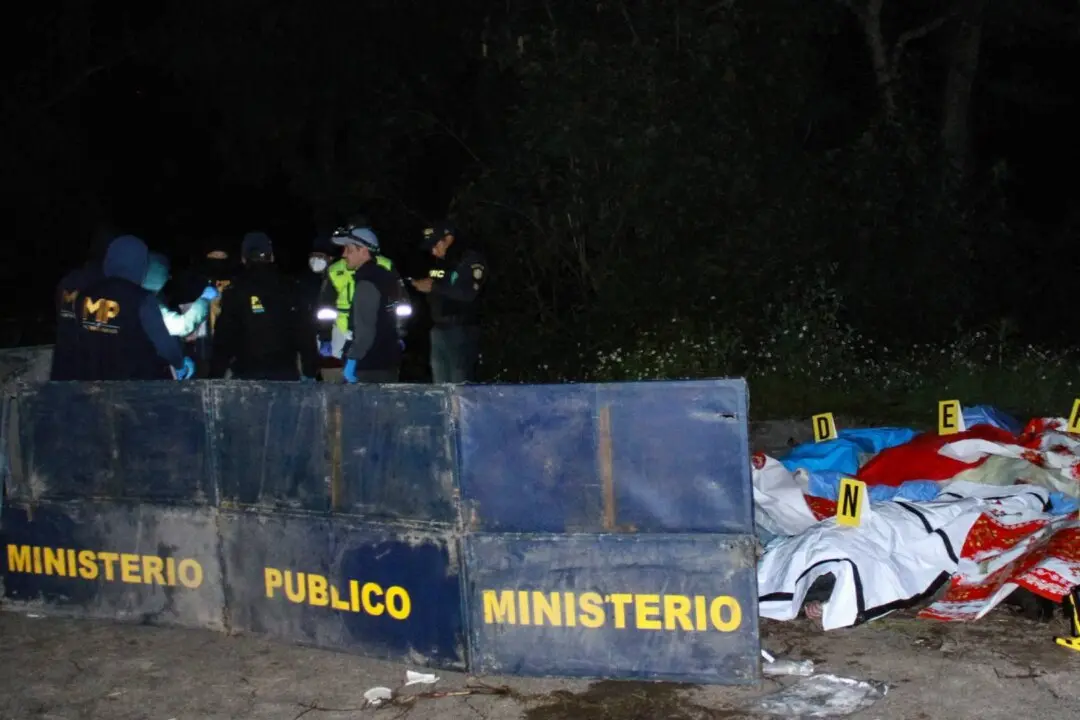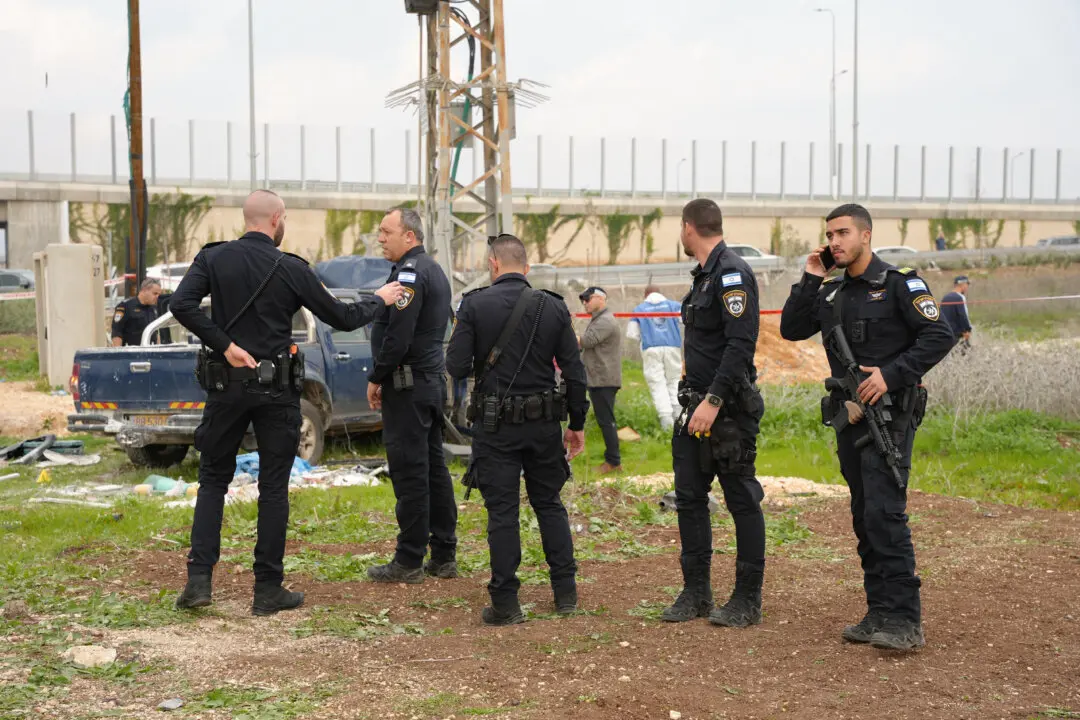IRBIL, Iraq—The oldest Christian monastery in Iraq has been reduced to a field of rubble, yet another victim of the Islamic State’s relentless destruction of ancient cultural sites.
For 1,400 years the compound survived assaults by nature and man, standing as a place of worship recently for U.S. troops. In earlier centuries, generations of monks tucked candles in the niches and prayed in the cool chapel. The Greek letters chi and rho, representing the first two letters of Christ’s name, were carved near the entrance.
Now satellite photos obtained exclusively by The Associated Press confirm the worst fears of church authorities and preservationists—St. Elijah’s Monastery of Mosul has been completely wiped out.
In his office in exile in Irbil, Iraq, the Rev. Paul Thabit Habib, 39, stared quietly at before- and after-images of the monastery that once perched on a hillside above his hometown of Mosul. Shaken, he flipped back to his own photos for comparison.
“I can’t describe my sadness,” he said in Arabic. “Our Christian history in Mosul is being barbarically leveled. We see it as an attempt to expel us from Iraq, eliminating and finishing our existence in this land.”






